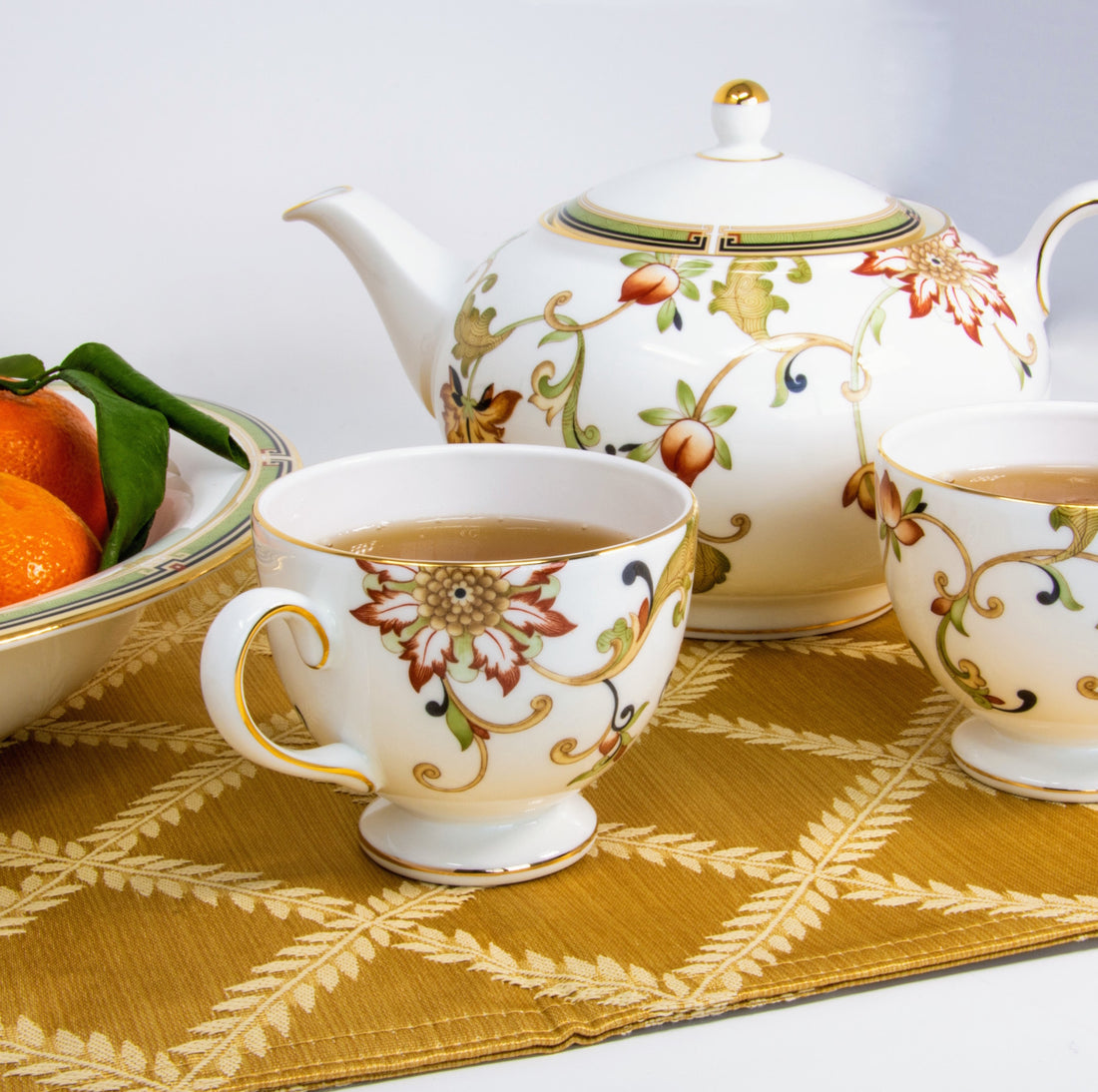
Wondering if your bone china is ethical and cruelty free? The truth is that your fine bone china that you bring out for those special occasions may not be so 'fine' for the animals that were used to make it.
In most upper middle-class households it is tradition to break out the fine china dinnerware when celebrating special occasions and entertaining friends.
It is also tradition to give newly weds a set of beautiful bone china dinnerware to celebrate their happy and prosperous new life together.
When registering for presents for a big life event or rethinking dinnerware for personal use, bone china or fine china always tops the gift idea list. Understandably so, since they make for elegant and pristine everyday items that can add a simple luxury to otherwise ordinary affairs.
"Compassion for animals is intimately connected with goodness of character; and it may be confidently asserted that he who is cruel to animals cannot be a good man" - Arthur Schopenhauer
Rarely does one talk about what bone china is, though. It shouldn’t be uncommon knowledge, since it’s built right into the name – ‘bone’ china. It’s not hard to guess that some form of ‘bone component’ is used when hand-crafting fine bone crockery and utensils. A potter in England first thought of using burnt bone remains (turned to ash) in his work. This was around the mid-eighteenth century and the idea didn’t immediately take off. A few years later, another potter perfected the formula for using bone ash in pottery and it became what is popularly known as bone china today.
Here are some reasons to re-consider buying and using bone china:
- Bone china comes from burnt bone ash and a piece of bone china crockery, like a teacup, can contain anywhere between 35-50% bone ash and residue. That makes it practically animal based.
- All types of bone from cow and pig skeletons are used for making bone china, which can be problematic for vegetarians, vegans, Muslims and other communities that avoid animal products.
- An argument commonly heard against banning bone china production is that it uses the entire animal that might be killed only for its meat or hide (leather). This, however, is an old-fashioned notion and the demand for bone china has long ensured that more animals are killed for their bones than we can fathom. Along with the meat industry, the bone china industry is just as responsible for animals being killed for their parts. There is nothing ethical about acquiring bone china and it hasn’t been for a long time.
- On rare occasion, human bone ash has been found in fine china. While today it has become a niche trend to have a loved one’s ashes repurposed into a memento, it is still not an accepted or a publicly known practice to put human bone ash into fine china.
- Slaughterhouses employ inhumane methods in treating animals before killing them for their different parts. These methods are unregulated and often unlawful but because of the massive demand for fine bone china, lobbies for such products keep the legislations at bay.
Animal ingredients are a big part of our lives today. Unfortunately, apart from meat and dairy products and the occasional exposé on gelatin in confectionary items, little else comes to light and even littler is circulated amongst the masses. Slowly and with support from organizations such as PeTA, such information is becoming more available on the internet and has begun making dents in the overall demands for animal-based products.
Developed countries have introduced legislations to curb the abuse and exploitation of animals, including farm animals and wildlife. Stricter execution of animal rights has also ensured, if to an extent, that acts of animal cruelty are brought to light more often and more clearly in the public eye.
In the bone china industry, contemporary animal rights activist groups have succeeded in swaying the manufacturers into enlisting ethical substitutes for bone ash. One prominent shift has been the switch from bone china to new fine china, which has all the previous ingredients such as feldspar and kaolin but not animal bone. New fine china replaces bone ash with jade or other phosphates, which create the translucence in the dishware.
If a company has switched to, or has included new fine china to their manufacturing, they will have it mentioned on their website or stated on the bottom of the dish, so the buyers can discern for themselves and go for the non-animal-based product.
Here are some more alternatives that have gained momentum in the dishware industry in recent years:
- Glass: Because of its naturally sourced varieties, glass is on top of this list. Glass is made out of liquid sand and usually has compounds such as limestone or soda which are heated at very high temperatures. Modern technology has fastened this process up significantly, which is why glass is available in a number of qualities, going from the cheap thick glass that can have bubbles to the high-quality ones like BorosilTM Be careful not to buy opal glass, though, as it has components of bone ash which act as opacifiers and give it that ‘milky’ look.
- Crystal: Sometimes confused for a form of glass, crystal is actually a variant within the glass family, but not a variety of glass itself. The main difference between glass and crystal is the addition of lead to lime or silica (sand) to the latter. Because of lead, it gets its prism light effect, its weight and its thinness. Falling on the expensive side, this could be an ideal replacement for the fancy dinners where bone china would be the staple.
- Ceramic: Often thought of as ‘cheap bone china’, ceramic is the perfect substitute for anything with bone ash. It is also white in colour, but made from earthen elements and clay and then coated with glaze. Ceramic is sturdy and generally affordable. Bear in mind that Indian ceramic contains a glaze made from shellac, which is derived from killing lac insects and hence is also a form of animal cruelty. There are other, kinder, ceramics available without shellac coating, so checking the label is your best bet.
- Earthenware and Clay: ‘Vegan pottery’, while still in its nascent stages, is becoming popular everywhere. From pottery classes in the neighborhood to workshops in big and small educational institutions to people installing kilns in their own homes, this DIY trend is definitely making an impression. It is also a novel, cruelty-free and affordable alternative to bone china and opal glass. Earthenware looks rustic, comes in simple but pretty designs and patterns and does not need dishwashers or harsh chemicals to clean. Warm water and a scrub are generally enough but you can go over them with a light dish soap every week. Clay, the other DIY craze is more colourful, more playful and definitely more versatile in its use. Find your style on Etsy and Ellementry or if you like, do a DIY from Buzzfeed and make your own dishware!
- Stoneware: While still made of clay, stoneware has a lot of attractive qualities for the everyday buyer looking for cruelty-free options. It is made of clay, is very sturdy and waterproof, unlike its more natural counterparts such as earthenware (which is also washable but does not last as long and can get residue build-up if not maintained) and most importantly, does not use any glaze. Stoneware comes in lots of ethnic chic designs and has a great feel to it.
- Porcelain: There is a reason dolls were made of porcelain. Tougher than ceramic and light like bone china, porcelain is truly in a class of its own. It is similar to its counterparts above in terms of ingredients (but no bone ash, of course) and produces stunningly luminescent results because of the way its produced. Read more about its rich history here and then mosey on along to your favorite brand to get some porcelain for your home or kitchen!
- Stainless steel: Extremely popular and favored across Southeast Asia, stainless steel is perhaps the best option if you are looking to replace your bone china ware with something that is cruelty-free, long-lasting and affordable. It has been around for a long time and has found its way into kitchens, restaurants and even buffet services because of how sturdy it is. You might not find too many designer options in SS (its market name), but once you buy it, you’ll never have to buy anything ever again!
Whilst fine bone china is associated with a "sophisticated and stylish lifestyle" of luxury and prestige - there is nothing sophisticated about supporting animal cruelty.
 Article Written by Guest Writer Karishma Gaur who likes cats, books and soda pop, but one of these things is not like the other two. She teaches English and writes to earn and then spends it all lavishly sponsoring rescue kittens, shelters and her own coterie of feline munchkins. Her current favourite thing to do is to live green, clean and very lean. (Well, not as lean as she’d like but she picks her battles). You can find her arbitrary collection of thoughts and cat selfies over at gnarlienerd (Instagram) | gnarlynerd.wordpress.com (blog) | @karrietweets (twitter) Read more of Karishma's articles at The OM Collective here >>>
Article Written by Guest Writer Karishma Gaur who likes cats, books and soda pop, but one of these things is not like the other two. She teaches English and writes to earn and then spends it all lavishly sponsoring rescue kittens, shelters and her own coterie of feline munchkins. Her current favourite thing to do is to live green, clean and very lean. (Well, not as lean as she’d like but she picks her battles). You can find her arbitrary collection of thoughts and cat selfies over at gnarlienerd (Instagram) | gnarlynerd.wordpress.com (blog) | @karrietweets (twitter) Read more of Karishma's articles at The OM Collective here >>>

